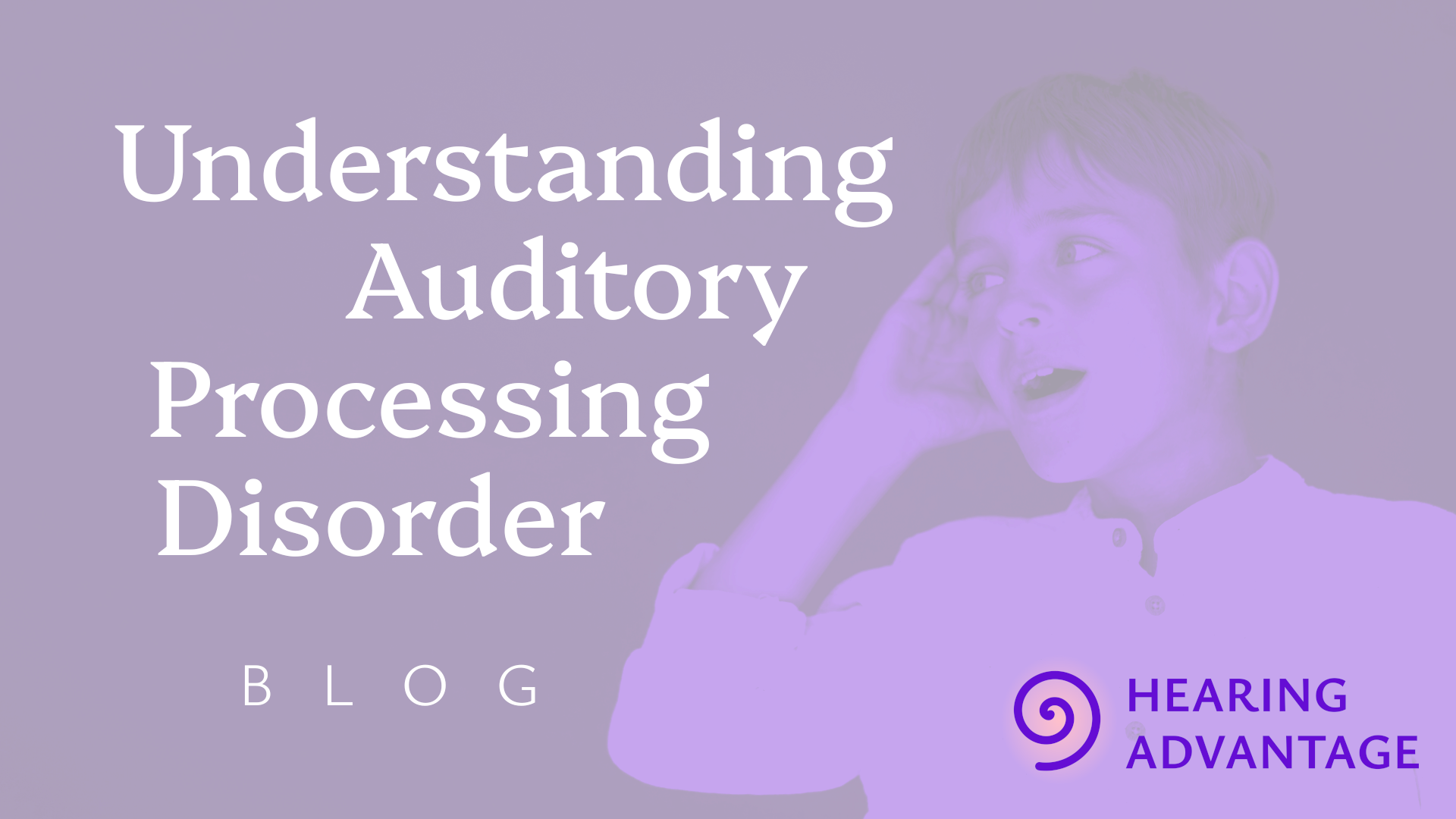Auditory Processing Disorder (APD) is a condition that affects how the brain processes sounds. People with APD may hear sounds, but they might struggle to understand what those sounds mean or to organize them in their minds. Let’s look at some common types of APD, their symptoms, and how they are diagnosed.
1. Difficulties with Auditory Discrimination
People with this type of APD find it hard to tell the difference between similar sounds. For example, they may confuse words like “bat” and “pat” or struggle to recognize voices in a crowd. Symptoms often include difficulties in understanding spoken language, especially when the words are similar-sounding. For diagnosis, professionals may conduct listening tests that check how well a person can distinguish between different sounds.
2. Figure-Ground Discrimination
This type of APD makes it hard for individuals to focus on specific sounds, like a teacher’s voice, when there are other noises around, such as chatter or music. Symptoms include difficulty following conversations in busy places, like classrooms or restaurants, and feeling overwhelmed by background noise. Clinicians usually assess this by having the person listen to sounds while different noises play in the background to see how well they can focus on the important sounds.
3. Auditory Memory
Auditory memory is crucial for remembering information that you hear. Individuals with auditory memory difficulties may have trouble following directions or remembering what they’ve just heard. For example, they might forget a phone number right after it’s given to them. To diagnose this type of APD, tests can help assess how well a person remembers spoken information, often involving repeating back lists of words or instructions.
4. Auditory Sequencing
Auditory sequencing issues affect how a person understands the order of sounds or words. This can lead to confusion, especially when instructions have multiple steps, like “First, wash your hands, then dry them.” Individuals may mix up the order of steps or forget some of them altogether. To diagnose auditory sequencing difficulties, professionals may conduct exercises that require the individual to repeat back a series of sounds or words in the exact order they were given.
Conclusion
Recognizing the signs of APD can be the first step toward getting the help someone needs. Early diagnosis and intervention are crucial, as they can lead to strategies and support that significantly improve a person’s ability to process auditory information. If you or someone you know is experiencing these challenges, consider reaching out to a professional for evaluation. Understanding APD is essential for creating supportive environments where everyone can thrive.
Future blog posts will go into more depth about these four APD classifications. Stay tuned!

